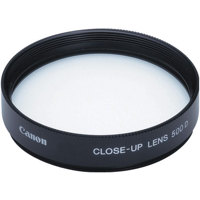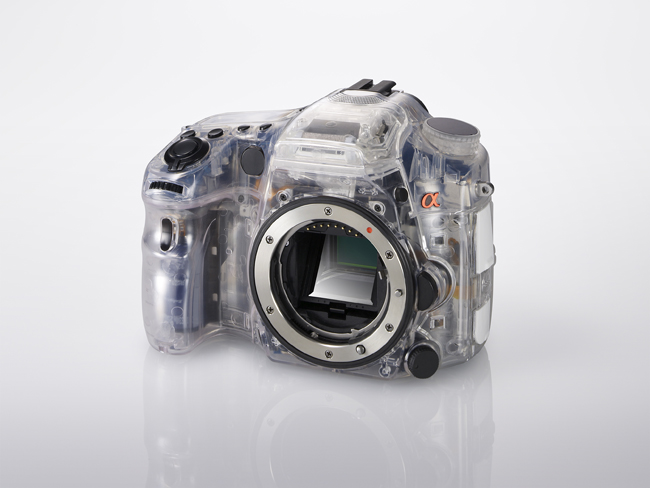When you import photos in LR3, you can choose a folder scheme.
I think the default is <base folder>\YYYY\"MONTH DD" where MONTH is a word and the rest are digits.
The folder naming is relevant only in two points:
1) the folder name appears on the picture badge (usually)
2) folders are used to select images very quickly, when the user needs to perform operations that are reflected on the file system; for example, if you "mark as rejected" an image in a collection, the rejection flag is collection-dependent, so you won't see it elsewhere. If you need to select which images to delete, it's better to do it from the folder view.
I used the default naming scheme for some time: it's nice if you rarely shoot, and by rarely I mean only a few days per year, regardless of the number of photos in the same day.
The downside of this scheme is that alphabetical order of months is not the same as chronological order, but having only a few entries, it's not a problem.
If instead you take pictures every day, you may want to consider <base folder>\YYYY\YYYYMM\YYYYMMDD which
1) is well ordered
2) groups nicely: if you want to select all photos in August 2011, just click on the right folder.
If you picked the wrong scheme initially, you can change it, but it's not easy as it looks.
In abstract LR allows to move folders, but I said move, not rename.
If you move a folder somewhere else, you will have to convince LR that the new folder is the same as the previous one, so if you move 2011\"July 20" to (say) 2011\July\20, so you click on the new folder and everything is ok. But the spirit of this function is to quickly recover from a situation where the root folder has moved, for example because of a hard drive upgrade; it was never meant to detect many movements at once: renaming all your folders from "July XX" to July\XX, will require 30 clicks on 30 folders to reconstruct the catalog (and I'm not completely sure everything will work... se my post on virtual copies, for an example).
So, choose carefully a scheme initially and don't change it.
















































